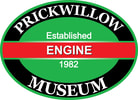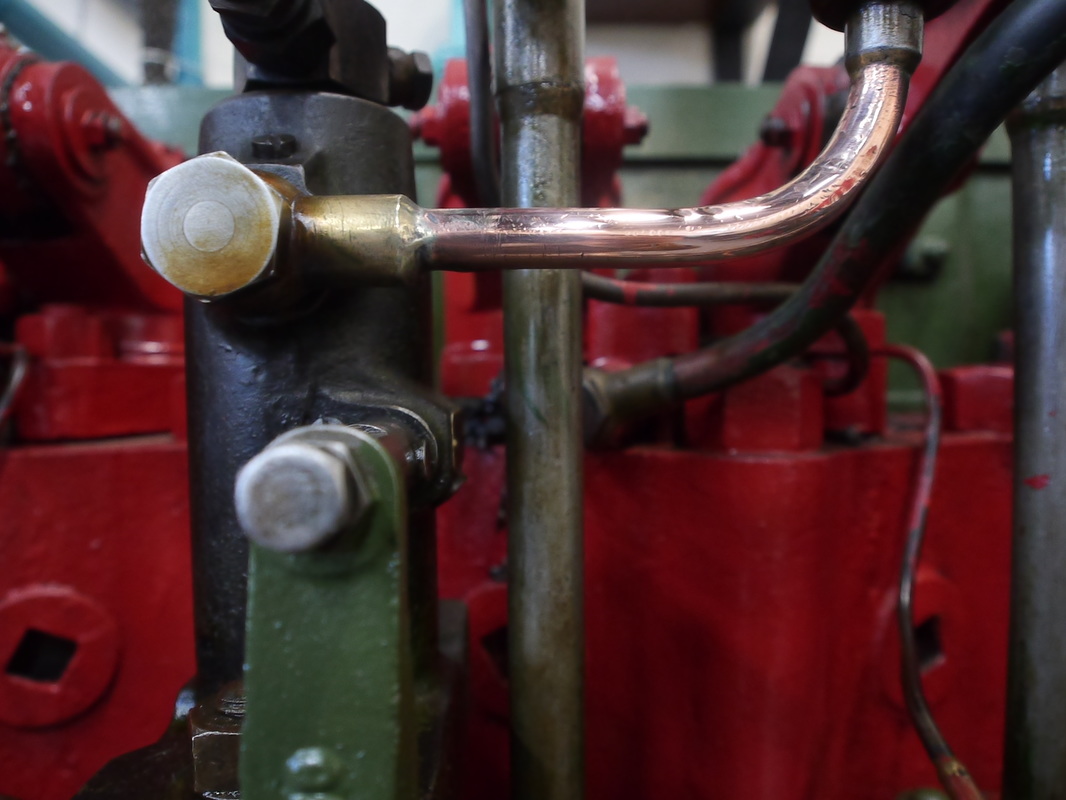The principles of internal combustion
|
Engines which power the essentials of everyday life are ‘heat engines’, that means, they rely upon the conversion of fuel into heat as their source of energy.
The first types of industrial engine relied upon external combustion. The fuel was burnt outside of the engine in a boiler, to produce steam, which powered the engine. These types of engine are still in use with various fuel sources (even atomic power relies upon the heat produced by the nuclear reaction to produce steam). Towards the end of the 1800’s, a type of engine came into use in which the fuel was burnt inside the cylinders of the engine, the engine being powered by the expansion of hot gases produced by the burning fuel. This is what we know as the internal combustion engine. As with external combustion, various fuels have been tried but today the predominant fuels are petroleum spirit (gasoline) and fuel oil (‘diesel’). |
Whilst all our large exhibits are internal combustion oil engines, which rely upon the heat generated by compression of the fuel/air mixture to ignite that mixture, similar principles apply to engines which use petroleum spirit (gasoline), with the exception that the fuel/air mixture in that type of engine is ignited by an electrically induced spark.
Our engines are all reciprocating engines, in which pistons work within cylinders in a back and forth motion, which is converted to rotary motion by means of the crankshaft. There are other types of engine in which rotors (instead of pistons) directly produce rotary motion (examples are the gas turbine and jet aero engine). Back to Engineering |


